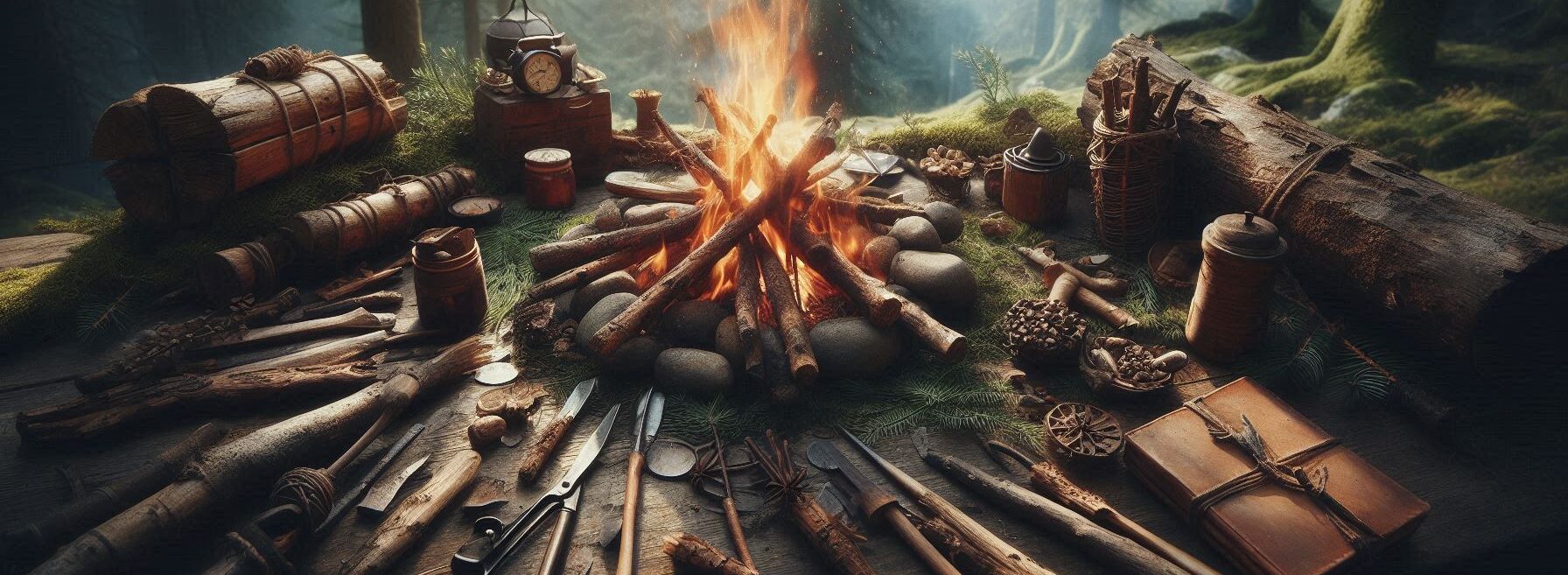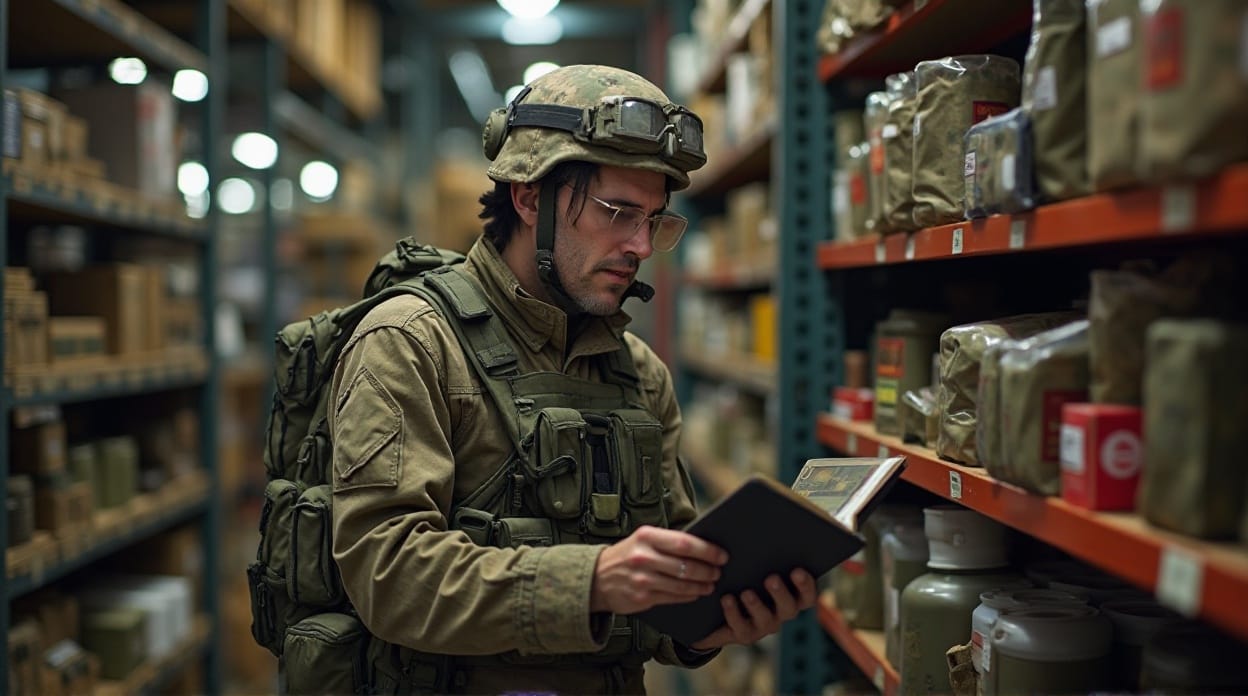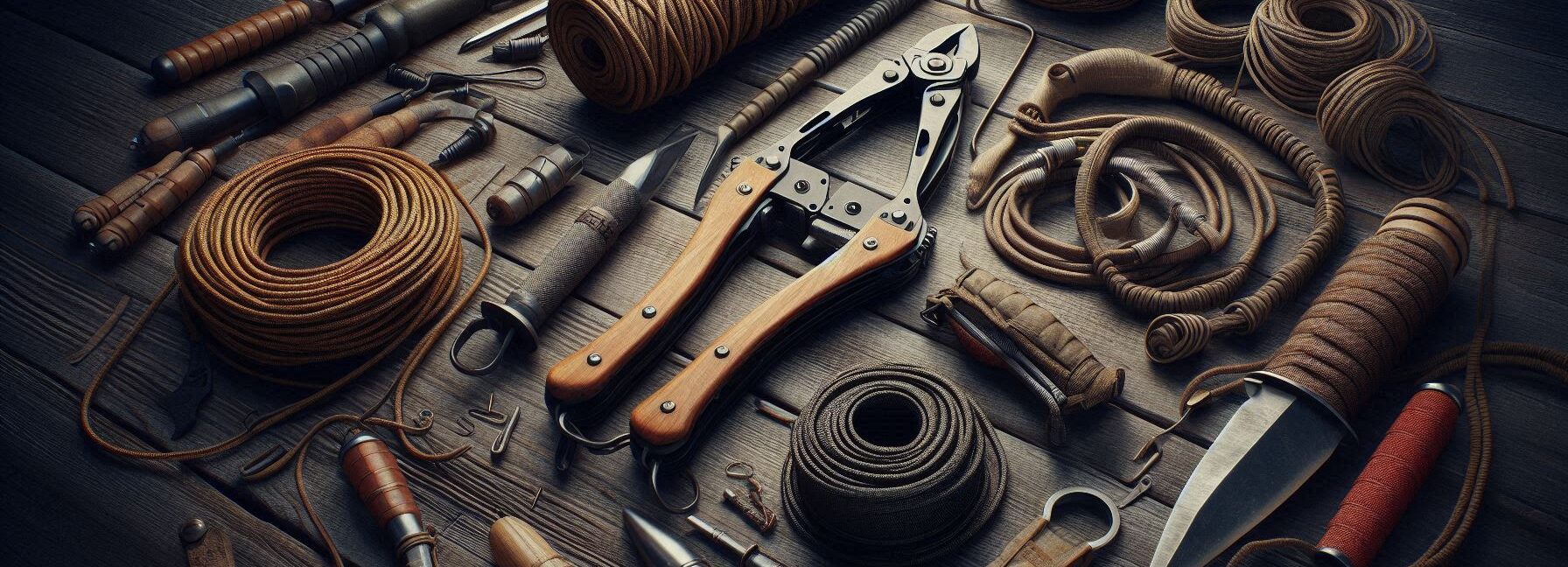Please Note: This post may contain affiliate links. If you click one of them, we may receive a commission at no extra cost to you. As an Amazon Associate, I earn from qualifying purchases.
Last Updated on November 2, 2025 by Kevin Collier
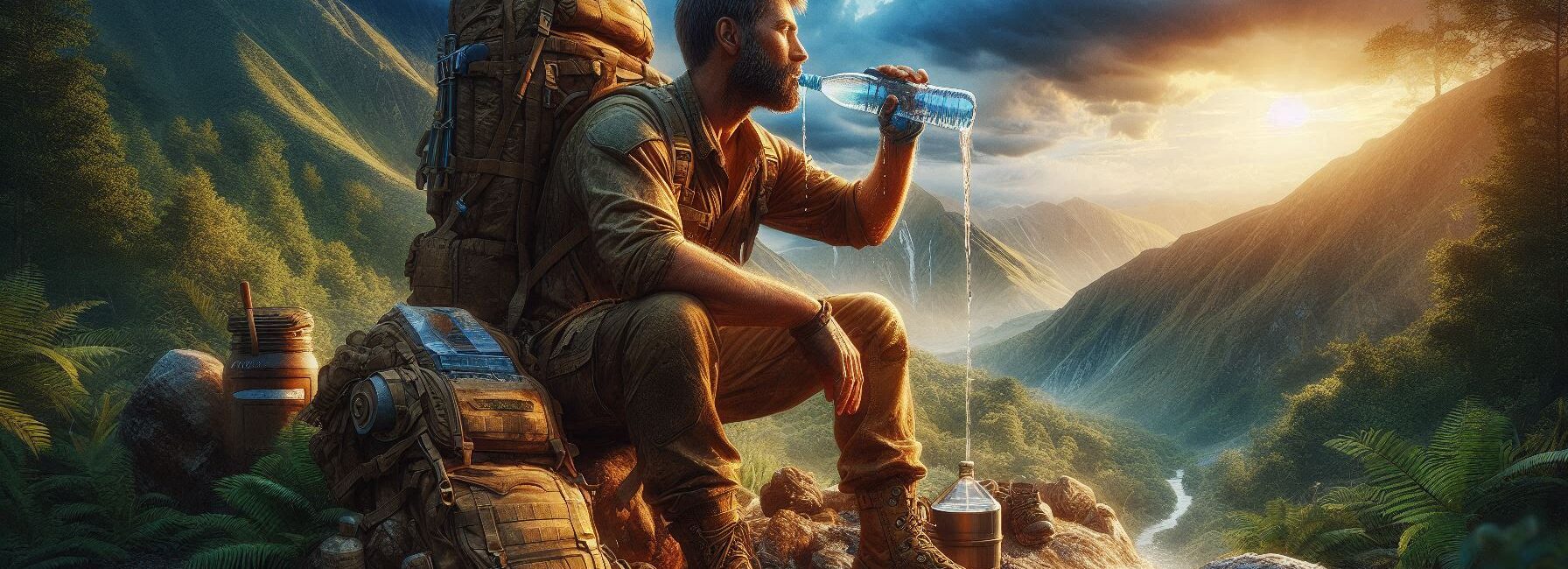
Top Takeaways and Key Concepts
- Boil water for at least one minute, or three minutes at high altitude.
- Use cloth, coffee filters, or portable filters to remove sediment and bacteria.
- Apply chemical tablets or drops, following instructions, to quickly disinfect water.
- Place water in clear bottles under sunlight for six hours to disinfect.
- Build DIY filters with gravel, sand, and charcoal for clearer water.
Ah, the water. What a wonderful thing! It keeps us going. We'd be as dry as a potato chip that had been left out too long. But what do you do when you're outside? Water that appears dirty and nasty all around you? Oh no!
Don't worry about it! You have choices. Let's talk about some fun ways to clean that water so you can stay fresh and full of life, like a happy deer bounding through the trees.
First, let's boil. Get your pot or even just a container if you can. Bring that water to a boil. Let it boil for a few minutes. The bad thing gets cooked away almost completely. Just let it cool down before you drink it!
Next, we need to filter. You can pour water through a towel or a coffee filter. It makes things clearer by catching the major pieces. It's like giving your water a day at the spa!
Then there are tablets and drops. You may get these at businesses that sell camping gear. Put one in the water, wait a little while, and there you go! Water that is clean, almost like magic.
You could also use a filter for water. You can carry around some useful ones. Just drink through the filter, and it will clean itself. Very easy!
Lastly, if you're truly in a bind, you can use solar purification. Put water in a transparent bottle and put it outside in the sun. The UV rays can kill some bacteria. It takes some time, but it's worth it!
Being ready makes such a big difference, doesn't it? You can make that marshy water safe and delightful with just a little bit of knowledge. So, here's to staying hydrated, even when you're out in the wild! Have fun on your vacation and drink up!
Contents of This Page
*** Shop for Survival Gear - Tools - Kits ***
Survival Gear - Bags and Backpacks - Knives - Boots/Footwear - Communication
Outdoor Cooking - Gloves - Hydration - Dry Boxes - Water Filtration Systems
Tents - Sleeping Bags - First Aid Kits - Multi-Tools - Flashlights - Fire Starters
Navigation - Survival Food - Night Vision - Headlamps - Stun Guns - Binoculars
1. Boiling: The Oldie but Goodie
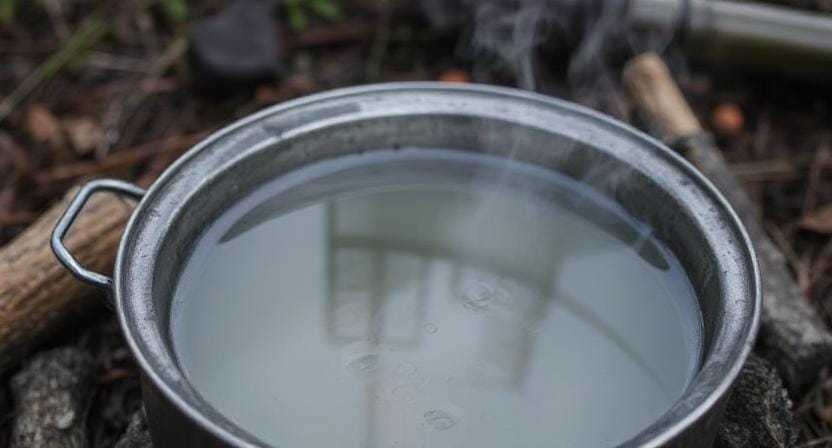
Let's start with the old-fashioned way of boiling. It works well, is easy to execute, and doesn't need any fancy tools—just heat! Honestly, who would have guessed that lighting your camping stove could be such an old way to stay alive?
Most germs, like bacteria and viruses, die when water boils. For this to work, bring your water to a full boil for at least one minute. If you're at a high altitude (above 6,500 feet), boil it for three minutes because germs like high places too!
Just remember to let it cool down before you take that first great sip. Hot water can burn you and make you dance awkwardly.
If you want to spice things up, you can add some herbs or berries while the water is boiling. Who would have thought that staying alive could taste so good?
2. Filtration: Make Your Water Fancy
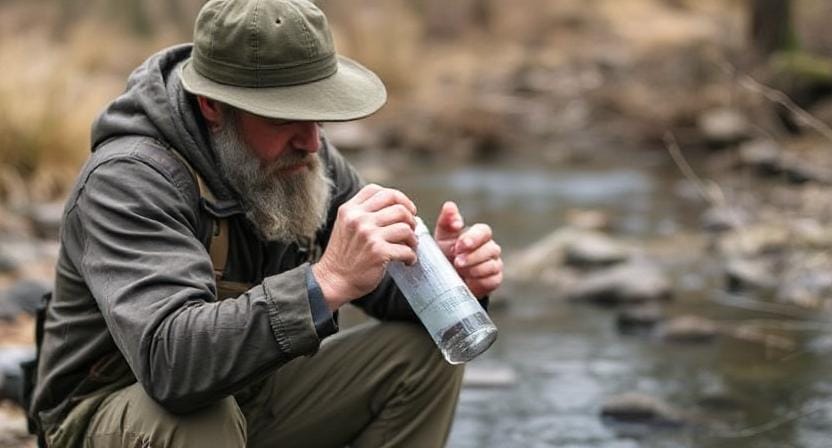
Let's speak about filtration systems now. They can help you get clean drinking water without needing to seem like you're trying out for “Survivor.”
There are many different sizes and types of portable filters, and some are small enough to fit in your pocket. These helpful tools can get rid of sediment and bacteria faster than I can run away from a bee that is mad.
Most filters work by pushing water through a membrane that catches dirt and other particles. If you're getting your water from sources you don't trust (you know what I mean), just make sure your filtration is rated for viruses.
Some filters even have built-in carbon elements that assist get rid of unpleasant tastes. This is great for when swamp water simply won't cut it.
And speaking of flavor, if you ever find yourself drinking filtered creek water and thinking about fresh lemonade on a hot summer day… Welcome to life in the wild!
3. Using the Sun's Power To Disinfect Water
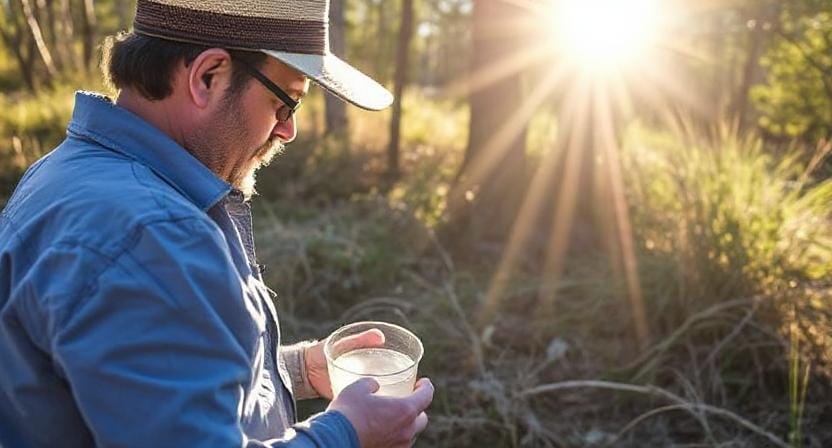
Have you ever wanted to be a crazy scientist and save the environment at the same time? Solar disinfection, or SODIS for short, is the answer. This approach employs clear plastic bottles filled with dirty water and sunlight to clean the water.
Fill a clear bottle with unclean water and put it in direct sunshine for six hours (or up to two days if it's cloudy). The sun's UV rays kill germs faster than I can say, “I should have brought more snacks.”
This method is quite low-tech but works very well. Plus, let's be honest, it's nice to use things that come from nature.
Just think about how you'll explain this technique around the campfire later. People will either think you're a genius or a little crazy!
4. Chemical Purification: Not Just for Science Labs
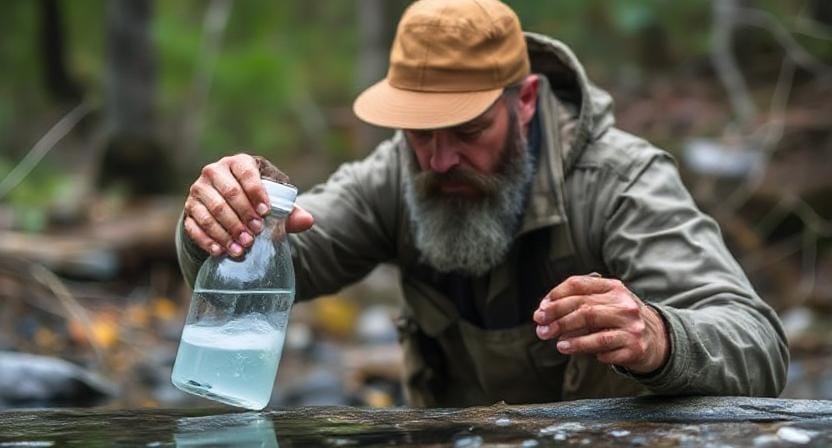
Chemical purification might be for you if you want something that doesn't entail fire or filtration and you value quickness over style. Using iodine tablets or chlorine drops can clean up dirty water faster than I can make dinner.
Just put the right amount into the drink you think might be bad and wait the period of time on the packaging (typically about 30 minutes). There you go! You've made swamp liquid into something you can drink!
But remember that chemical treatment may leave behind a taste like swimming pool adventures—not exactly refreshing, but better than being dehydrated!
Also, pregnant women should stay away from iodine tablets because they could be dangerous. Always read the labels unless you choose to gamble with your health.
5. Do-It-Yourself Water Purification Systems: Smart Ideas
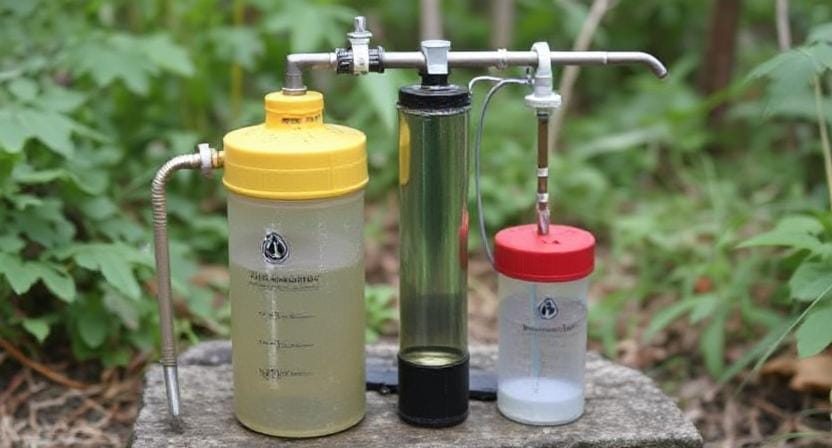
If you like to do crafts outside and aren't afraid of looking goofy, making your own filtration system might be fun and maybe even funny! One common way is to put gravel, sand, and charcoal in a container or a cloth or coffee filter that you construct yourself.
This thing works like a drip coffee maker: when you pour dirty water through it, the contaminants become stuck while the cleaner water flows down below. This won't destroy all germs (so don't throw away those iodine pills yet!), but it does make things a lot clearer.
It's funny how every time I try this method outside and try not to spill everywhere, it reminds me why I'm not going to be famous on Pinterest!
So, picture this. You’re out in the wild, feeling a bit thirsty. No clean drinking water around? That can seriously bum you out. But hey, don’t worry! You’ve got those five awesome methods for making that swamp water drinkable.
Boiling water is super easy. Just grab your pot, heat it, and let it bubble away. Poof! Those tiny scary monsters are gone. Kinda like magic.
Then there’s filtering. A cloth or a coffee filter can make your water clearer. It’s like giving it a nice wash. Who wouldn’t want cleaner water?
Using tablets or drops is another cool trick. Just drop one in, wait a bit, and you’re set. It’s like a little science experiment right in your bottle.
Water filters? They’re like having a magic straw. You sip, and it cleans the water as you do. So handy!
And don’t forget about the sun! Leaving water in a clear bottle in the sunlight harnesses its power. It’s like being a superhero for the environment. How fun is that?
Next time you’re outside and feeling parched, remember these tricks. They’re so handy to have in your back pocket—like your favorite trail mix. Stay hydrated and enjoy the great outdoors!
Frequently Asked Questions
How long should water be boiled to make it safe?
At sea level boil water for at least one minute, and if at high altitude boil for a minimum of three minutes.
Can simple cloth or coffee filters help remove contaminants?
Yes, they remove sediment and larger particles, and some portable filters can reduce bacteria as well.
Are chemical purification tablets effective?
They are effective when instructions are followed correctly and are useful when fast disinfection is needed.
How does solar disinfection work?
Placing water in a clear bottle under strong sunlight for about six hours uses UV exposure to help kill microbes.
Can DIY charcoal and sand filters be used alone?
They improve clarity and remove some contaminants, but usually should be paired with boiling or chemical treatment.
Is a portable personal filter reliable in the field?
Many are effective for bacteria and sediment reduction, but capabilities vary by model and ratings should be checked.
Why are multiple purification methods sometimes combined?
Combining methods increases safety by addressing different contaminants and improving overall purification results.
Suggested Resources:
Survival Water Purification Techniques
https://www.outdoorlife.com/survival-water-purification-techniques/
Water Purification Methods
https://www.ready.gov/water-purification-methods
How To Filter Water in the Wild
https://www.wildernesscollege.com/how-to-filter-water-in-the-wild.html

Kevin Collier is a seasoned survivalist and expert in prepping and homesteading, contributing to WiseSurvive.com. With a deep-rooted passion for self-sufficiency and outdoor survival skills, Kevin shares practical advice, strategies, and resources to help individuals prepare for any challenge. His informative articles cover a range of topics, from essential survival techniques to sustainable living practices, empowering readers to thrive in any situation. Whether you're a novice or a seasoned prepper, Kevin's insights will inspire you to take charge of your readiness and build resilience for the future.

